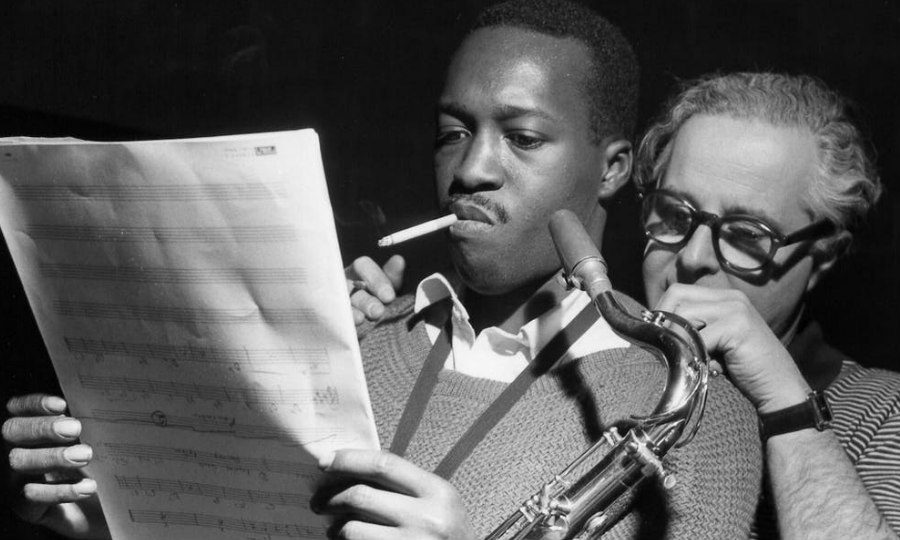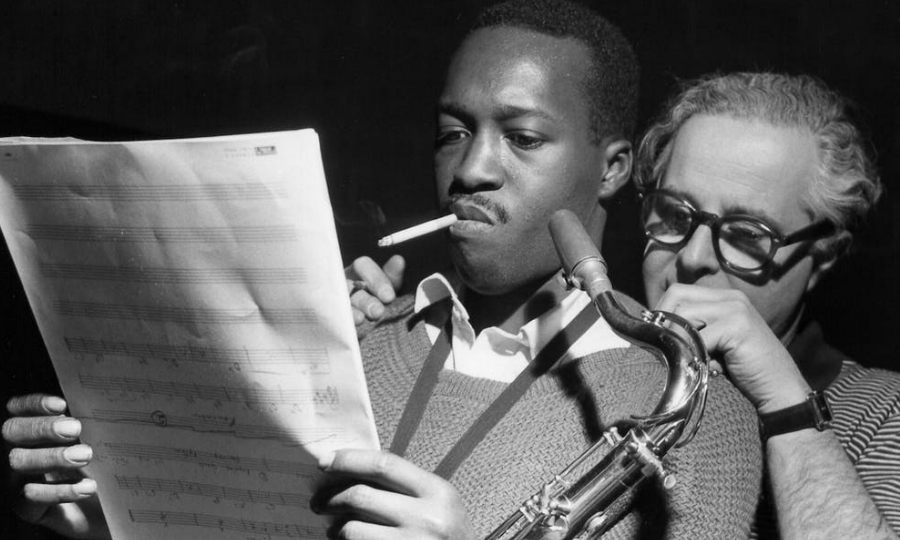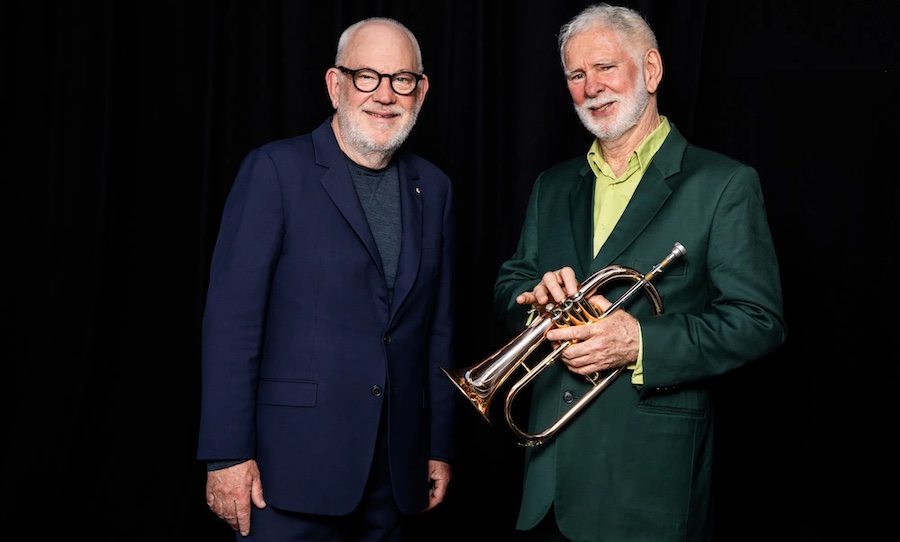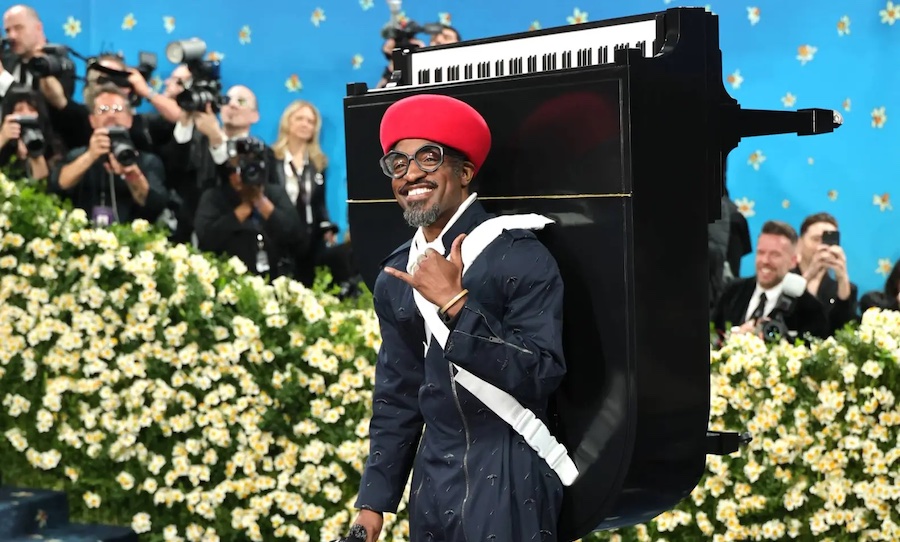No one label has impacted the direction of jazz like Blue Note Records. As prolific as they are revolutionary, we pick apart their most essential albums.
While there have been various prominent jazz labels over the years – Verve, Riverside, Impulse, Atlantic, Columbia – there is one that is permanently fused with jazz: Blue Note.
Blue Note Records have pressed 1,000 albums during its 80 year lifetime. That is pretty astonishing when you think about it. What’s even more fascinating is there is hardly a bad record among them, especially those recorded by label founder Alfred Lion between 1939-1966.
Instead of exchanging quantity for quality, or vice versa, Blue Note have always strived to match quality with quantity. Founded in 1939 by Alfred Lion and Max Margulis, Blue Note began as an imprint that specialised in pressing swing and boogie woogie records. They would later evolve, however, to become tastemakers with a reputation for releasing bold new sounds in jazz from hard bop to post-bop, avant-garde and free jazz.
While such a vast collection can seem extremely daunting, but there are a few classic albums to provide the perfect gateway drug to jazz. If you begin your collection with any of these eight essential Blue Note records, you can do no wrong.
8. Cannonball Adderley – Somethin’ Else (1958)
A near perfect album, Cannonball Adderley is utterly transcendent on Somethin’ Else. Adderley had been working with Miles Davis. He’d also been working in a band with John Coltrane and Bill Evans and you don’t muck around with those cats.
There is seriously deep musicality being made here from the band that went on to make Kind Of Blue. Some of the best work by any jazz soloist in history, full stop.
7. Eric Dolphy – Out To Lunch! (1964)
Out To Lunch! sports one of the most iconic jazz album artworks ever. Designed by the iconic Reid Miles it perfectly captures the exploratory nature of Eric Dolphy’s groundbreaking music.
The rising avant garde star was fluent with flute, clarinet and alto-sax. This is the only session Dolphy cut as a leader for Blue Note however. Recorded in Feb 1964, Eric was dead before it was released. Opener Hat and Beard is a quirky tribute to Thelonious Monk and sets the tone for an album rooted in free-jazz while remaining tightly focused.
6. Herbie Hancock – Maiden Voyage (1965)
Chicago native Herbie Hancock was only 25 and a key member of Miles Davis’ Quintet when he recorded the 1965 Blue Note masterpiece Maiden Voyage. His fifth and most inspired album for the label.
For the session Hancock surrounded himself with current or previous members of Miles Davis band – bassist Ron Carter, drummer Tony Williams, and tenor saxophonist George Coleman. Trumpeter Freddie Hubbard completed the line up. Three of its five tracks – Maiden Voyage, Eye Of The Hurricane, and Dolphin Dance – are now considered jazz standards.
5. Hank Mobley – Soul Station (1960)
The criminally underrated saxophonist that is Hank Mobley is a pioneering and pivotal figure in hard bop. The virtuoso recorded an impressive 26 albums for Blue N0te between 1955 and 1970, yet one stands tall above the rest, Soul Station.
Cut in 1960, the quartet is comprised of Miles Davis band members – pianist Wynton Kelly and bassist Paul Chambers – plus legendary drummer Art Blakey. Mobley’s round tone is highlighted by Blakey’s finger clicking precision on originals Dig Dis, and the bluesy title track.
4. Wayne Shorter – Speak No Evil (1966)
While Wayne Shorter is still going strong at 86 it was back in 1964 that he hit a particularly fertile spell for Blue Note birthing six albums in just 18 months. Shorter, then 32, was spending his days working with the Miles Davis Quintet at the time.
None shine brighter or ring truer, however, than Speak No Evil, on which Shorter was joined by Herbie Hancock, Ron Carter, Freddie Hubbard, and Coltrane drummer Elvin Jones. Speak No Evil explains why Miles Davis recorded so many covers of the saxophonists tunes. Every tune is a winding, propulsive winner, creating a masterful collection of jazz genius.
3. John Coltrane – Blue Train (1958)
Blue Train is John Coltrane’s only solo contribution to Blue Note. He recorded the session in late 1957, after getting clean following being fired from Miles Davis band earlier that year for his heroin addiction.
It’s an essential entry for Alfred Lion and Francis Wolff’s imprint and key listening to anyone interested in the magnificence of John Coltrane. Not to mention Lee Morgan and trombonist Curtis Fuller who have some rich, sonorous moments on there too. It’s Coltrane’s modal experimentation that steals the show however.
2. Art Blakey and The Jazz Messengers – Moanin’ (1959)
From the stunning cover portrait by Francis Wolff, to teenage sensation Lee Morgan’s incredible virtuosity, Art Blakey’s Moanin’ is essential as any Blue Note record can be.
The polyrhythmic prowess on The Drum Thunder Suite and hard pop precociousness of Along Came Betty, and Blues March have made this the great album that is it. A crucial Blue Note entry, it’s a must for jazz fans in general.
1. Lee Morgan – The Sidewinder (1964)
While Lee Morgan is often remembered as the tortured jazz prodigy who was shot down by his wife in a New York Club in 1972, Morgan is better off revered for his dazzling trumpet skills that reverberate with soul and passion.
Title track is one of the most recognisable jazz tunes ever due to its danceable groove, peaking on the US HOT 100 at #81. The album itself peaked at #25 on the US Album Charts when Lee Morgan was just 25 and became the best selling LP in Blue Note’s history.




